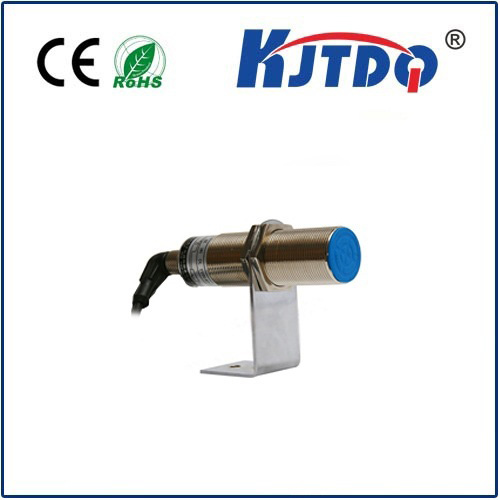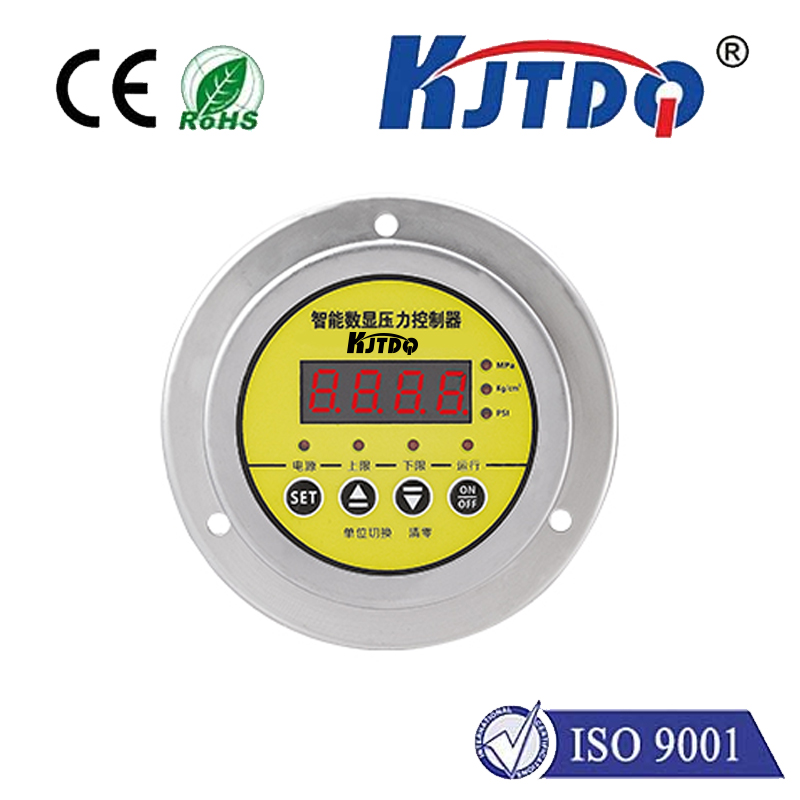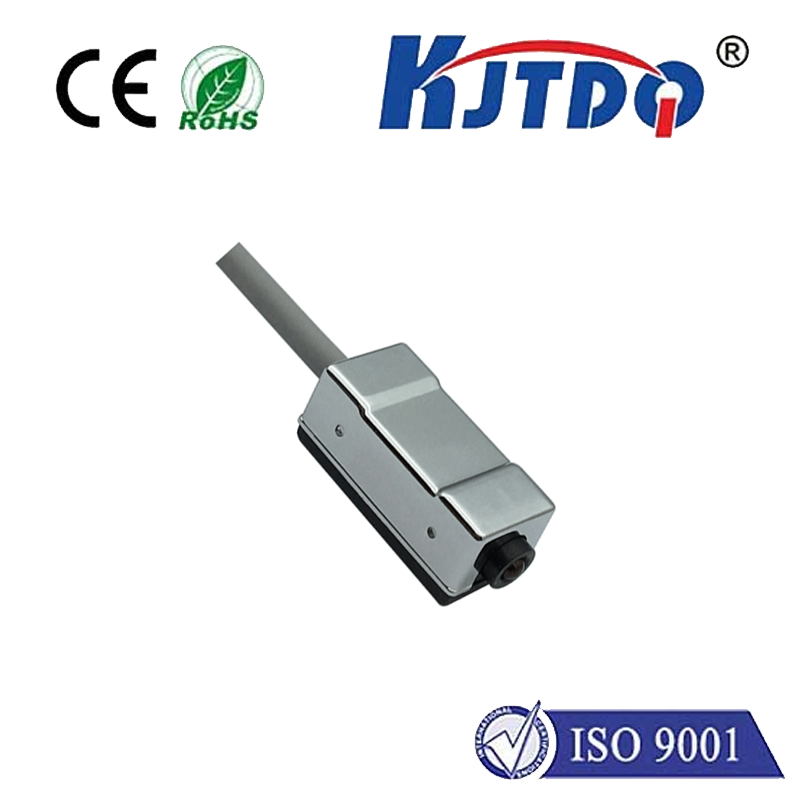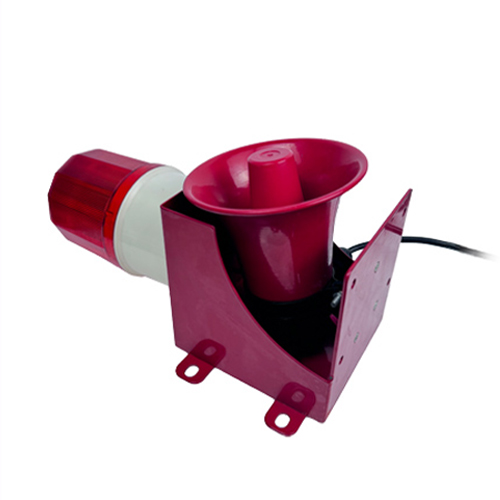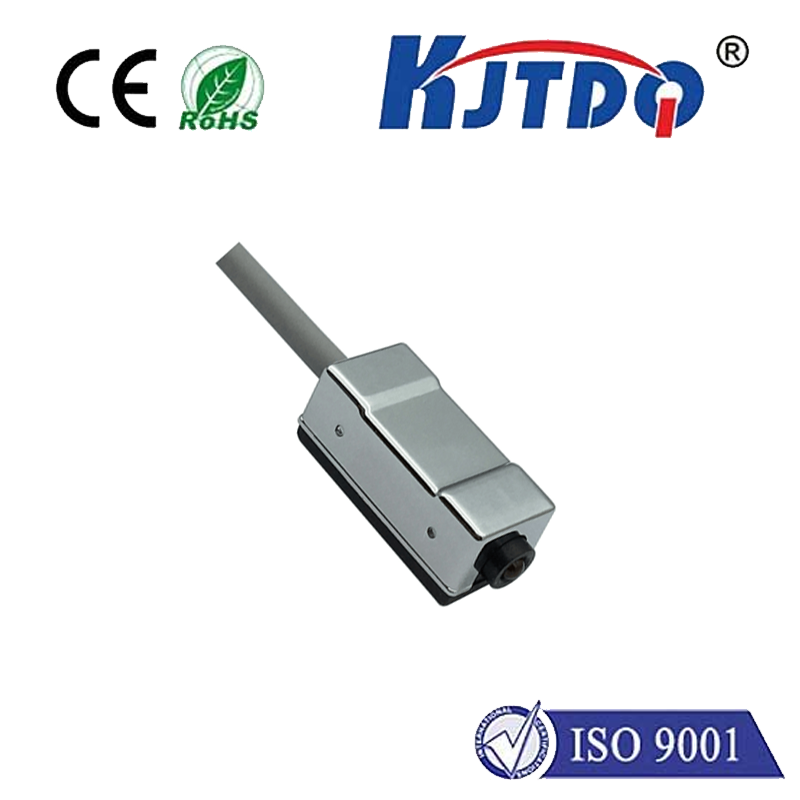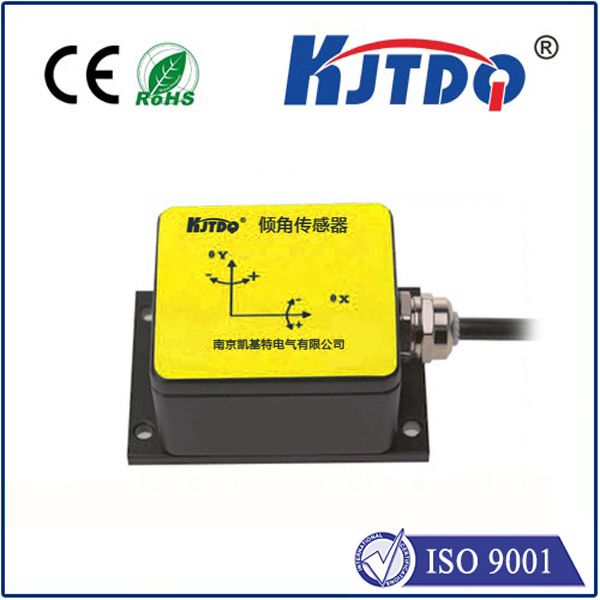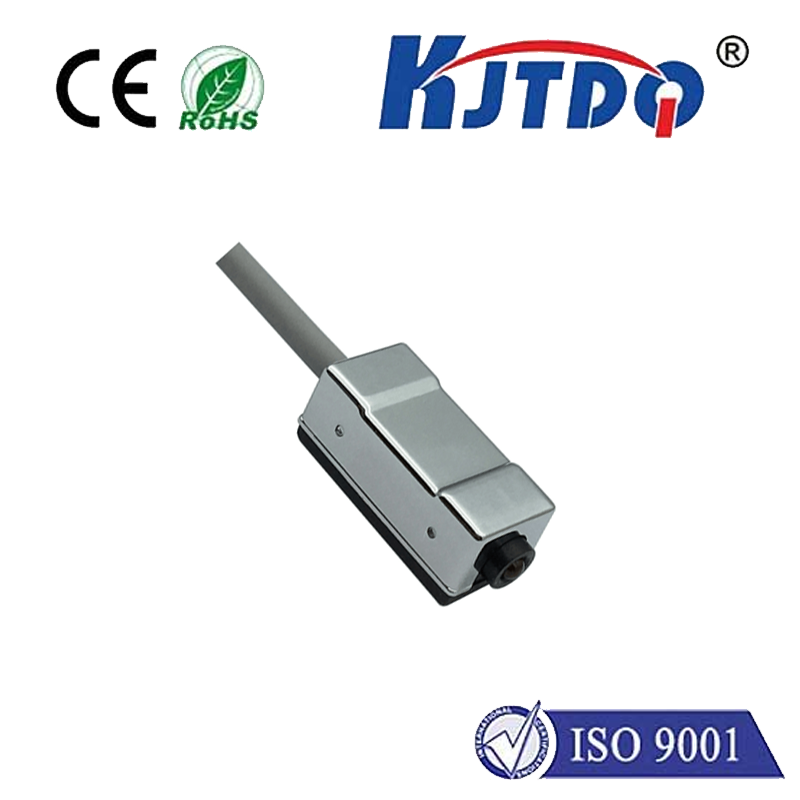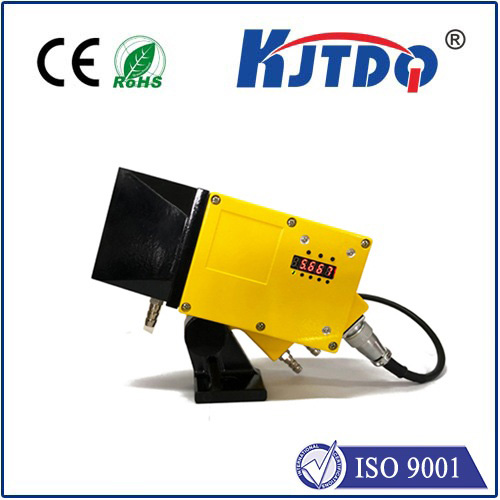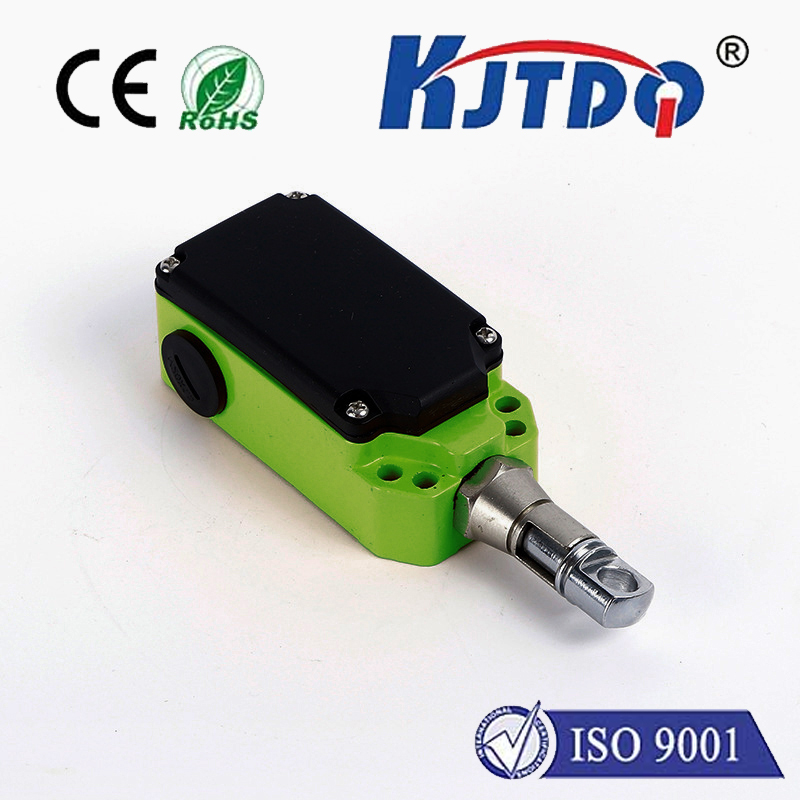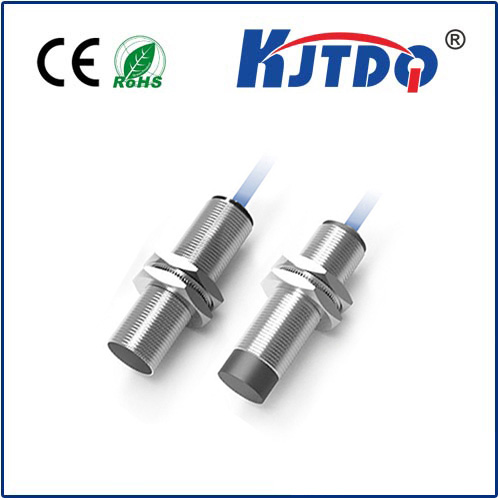

check

check

check

check
Imagine you’re overseeing an oil rig where a burst pipe could unleash dangerous fluids in an instant. In such high-stakes scenarios, even the smallest error in proximity detection can spiral into a catastrophe. Welcome to the world where advanced tools like the BES00KJ high pressure proximity sensor become lifesavers. This isn’t just another sensor; it’s a game-changer designed to operate flawlessly in extreme conditions, from industrial plants to offshore drilling sites. By detecting nearby objects without physical contact, it transforms safety protocols, slashing risks and boosting efficiency.
What exactly is the BES00KJ high pressure proximity sensor? At its core, this device is a sophisticated tool engineered to sense the presence or approach of objects—ranging from metal parts to machinery—in environments where pressure levels soar, such as hydraulic systems or sealed chambers. Unlike traditional sensors that falter under duress, the BES00KJ thrives in pressures exceeding 500 bar (or 7,250 psi), thanks to its rugged build. Its clever design uses inductive or capacitive principles to emit a magnetic field; when an object enters this field, it triggers an alert without direct touch. This non-contact approach ensures zero wear and tear, making it ideal for applications where maintenance shutdowns are costly or impossible.

The applications of this sensor span far and wide across industries. In oil and gas operations, for instance, the BES00KJ high pressure proximity sensor monitors valve positions in pipelines, preventing leaks that could lead to environmental disasters. Without reliable detection, workers might overlook critical proximity changes, risking explosions or spills. Similarly, in manufacturing, it safeguards robotic arms on assembly lines by halting movements if a human gets too close—ensuring that fatal accidents are virtually eliminated. Even in aerospace, it tracks component alignments in engine bays, where high-pressure fluids demand precise oversight. Such versatility highlights why engineers increasingly favor this technology over outdated alternatives.
But what sets the BES00KJ apart? Its standout features are a testament to innovation. For starters, it boasts exceptional resistance to corrosion and shock, allowing it to function in humid or abrasive settings without degradation. The sensor’s high immunity to electromagnetic interference means false alarms are rare, a crucial factor in crowded industrial zones. Additionally, it offers rapid response times—often under 1 millisecond—which is vital for real-time safety systems. When integrated with IoT networks, this proximity sensor provides data analytics, predicting failures before they occur. Imagine a refinery where the BES00KJ sends instant alerts to control rooms, enabling preemptive shutdowns and saving millions in potential damages. Such capabilities underscore its role as a smart investment for any high-pressure operation.
Of course, choosing the right sensor involves weighing the benefits. The BES00KJ high pressure proximity sensor excels in reliability, with a mean time between failures (MTBF) exceeding 100,000 hours—a lifesaver in remote or hazardous locations where replacements are impractical. Its energy efficiency also reduces operational costs, consuming minimal power while delivering precise readings. Compared to optical or ultrasonic sensors, it performs consistently in dusty or oily conditions, proving its superiority in demanding applications. Yet, it’s not without considerations; installation requires proper calibration to avoid misalignment issues. Still, the overall advantage lies in its robust durability, as one facility manager noted, “It’s the backbone of our safety upgrades, cutting incident rates by 40% since implementation.”
Ultimately, the BES00KJ high pressure proximity sensor represents a leap forward in mitigating risks where pressure is paramount. By embracing this technology, industries can achieve unprecedented levels of operational safety and efficiency, securing both assets and lives in the process.
